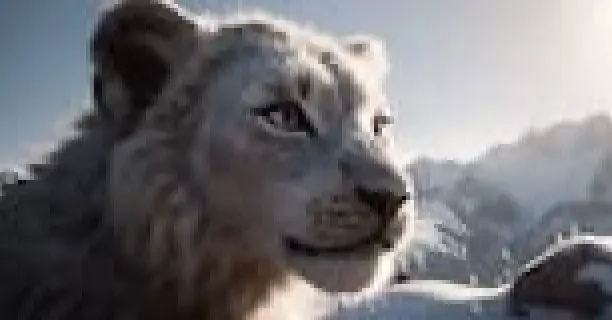To make your fun designs come to life, you need to know how to draw folds and wrinkles on clothes. Like with everything else art-related, there isn’t one right answer. Still, there are some general tips, tricks, and guidelines that can help you draw clothing wrinkles well even as a beginner.
This guide will focus on drawing wrinkles in an anime style or a cartoon style, but the fundamentals can be applied to even photorealistic painting styles. We’ll start by giving a step-by-step process for you to follow if you just want a quick fix.
Then, we’ll take a deep dive into the forces that impact clothing wrinkles and how to capture them accurately.
How To Draw Wrinkles On Clothes: Step by Step
Step 1: Sketch The Clothes
Drawing wrinkles and folds in clothing starts before you’ve even dressed up your character. The first thing you need to do is make a choice about what type of clothing the character is wearing.
Depending on the fabric, cut, and fit of the clothing, the wrinkles will look wildly different. While you sketch the clothing, try to picture what texture it would have in real life.
If you’re still confused, we have a guide to the different fabric and clothing types and how they impact drawing wrinkles at the end of this article.
Step 2: Decide On Wrinkle Placement
It’s a lot easier to get clothing folds and wrinkles correct when you know where wrinkles will naturally form. Clothing wrinkles are impacted by a number of different forces, like gravity, fabric type, and the human body. You can draw small arrows in a new layer to show what is supposed to happen as the fabric is squished and pulled by these forces.
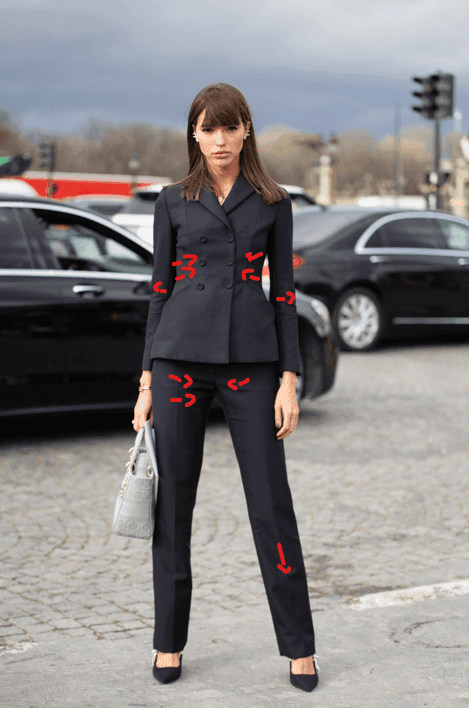
- Armpits
- Knees
- Elbows
- Chests
- Stomachs
- Waists
Step 3: Draw Squished (Pushed) Fabric
Squished fabric is located in areas where the fabric is somehow pushed together. Usually, this is because of the character’s movement or pose.
There are two types of squished fabric you might want to draw.
The first is fabric that is being pushed together because of one pressure point. For example, armpits, the backs of bent knees, or the insides of elbows are all gathered fabric.
You can draw this type by drawing small bumps connected to an extended curve or line shape. The bumps are fabric being squished together, and the connected shapes show fabric being pulled into the squish area.
The second type is fabric that is being folded. This will happen when there is a consistent squish over a large swath of fabric. The neck of a turtleneck sweater is a common type of folded fabric. Baggy, loose fabric might also cause folded fabric.
To draw folded fabric, you can draw smooth, low bumps that are connected to long lines. The lines denote where the folds in the fabric are.
Step 4: Draw Stretched (Pulled) Fabric
Stretched fabric is located in areas where the fabric is being pulled outwards, so it has no way to gather together and form wrinkles.
Although the actual stretched out area should have no wrinkles on it, the areas around it will have wrinkle shapes from the fabric being pulled. The most common spots for fabric to be stretched out include kneecaps– especially when the leg is bent– large chests, or stomachs.
To draw stretched fabric, make note of where the protrusion or stretch area will be. Avoid placing any wrinkles there. Around it, draw 1, 7, or small curve shapes pointing towards the stretch area.
Step 5: Review and Correct
Once you’re finished, take a step back and review your work. Ask yourself whether the wrinkles look appropriate in number, size, and shape for the clothing and fabric type you chose. If not, make corrections.
You should also check that the wrinkles are obeying gravity. Pushed fabric folds should always angle downwards in the drawing, not upwards. If you drew a long draped dress, the fabric should look pulled downwards because of the effect of gravity.
How Do You Draw Wrinkle Texture On Different Clothing Types?
Fabric Composition
Fabric can be made up of all different types of weaves and materials, which changes how it drapes on the body. You can organize different fabric types as somewhere on a continuum of stiff to soft.
The softest fabrics make up cozy pajamas, t-shirts, or sweatshirts. They bend very easily and smoothly, creating “wobby” looking fabric wrinkles in drawings. Since they don’t have much structure on their own, they have wider wrinkles that encompass more of the clothing piece. However, they don’t wrinkle as much as stiff fabrics.
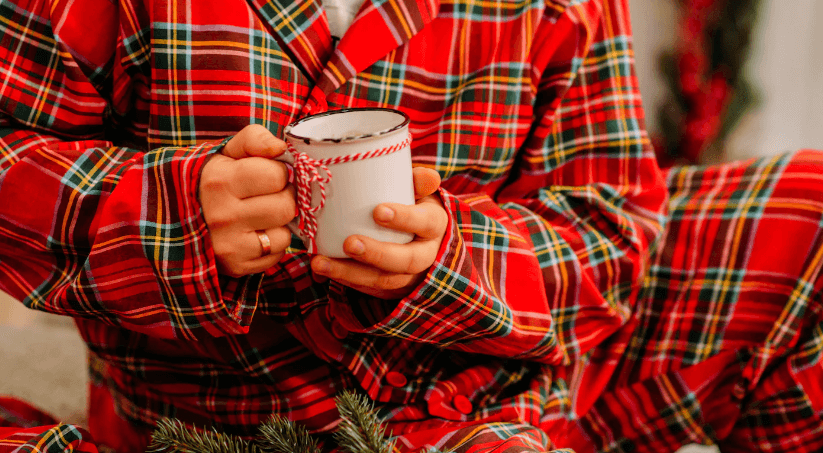
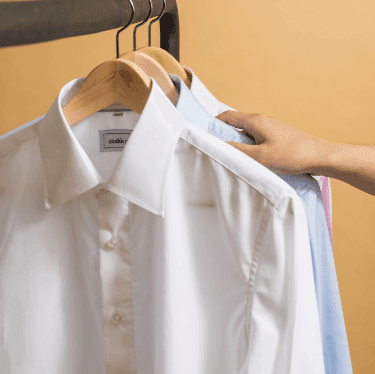
Fabric Thickness
To further complicate things, the way fabric wrinkles can change dramatically depending on the thickness. This is also a sliding scale, with clothing ranging from extremely thick to very thin.
Thin fabrics include gauzes, chiffon, and other lightweight materials. The soft and stretchy t-shirt we mentioned earlier would likely use a thin fabric. Sundresses are typically made with stiff, yet thin fabric.
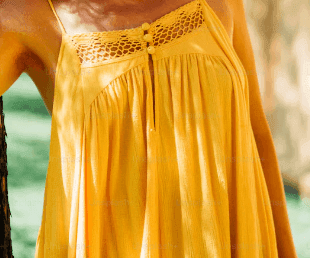
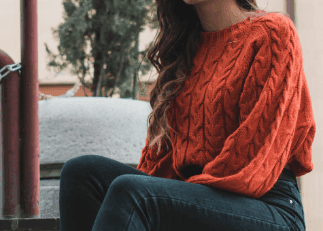
Gravity and Other Forces
Aside from fabric type, gravity and external forces have the biggest impact on where clothing wrinkles form. Gravity will pull things down, especially thicker fabrics such as a heavy silk evening gown.
External forces like the shape of the character’s body and anything they’re pushed against will cause wrinkling, too. Fabric is pulled or pushed around areas like armpits, joints, or chests. If your character is hugging someone or holding an object against themselves, those will count as external forces on the clothing.
Clothing Size and Cut
The size and cut of the clothing won’t impact how it wrinkles if you were to draw it laying on a bed or on a hanger, but it can change everything when you draw them on a person. That’s because sizing directly changes how the clothing will interact with the external forces we just talked about.
You can group clothing cuts into three broad categories: wide, tight, and fitted. Fitted clothing always has the least wrinkles since it is tailor-made for the body. It is designed to look clean and unwrinkled, and it won’t be pulled around as much by the body.
Wide cuts also have fewer wrinkles because they touch less of the body. Baggy clothing has a similar effect as thick fabric, where it just doesn’t bend as much or as intensely. Tight-fit (sometimes called skinny) garments will have the most wrinkles. They cling to the body the most, so they fold and gather around every part of the body.
Conclusion
Want to explore more visual arts? Try using Imagewith.AI’s suite of tools to take the plunge into image editing.
Use Imagewith.AI’s Outcut tool to remove background, imagewith.ai Overscale tool to drastically increase image resolution, or even ImageWith.ai Clearoff tool to get rid of unwanted objects.

